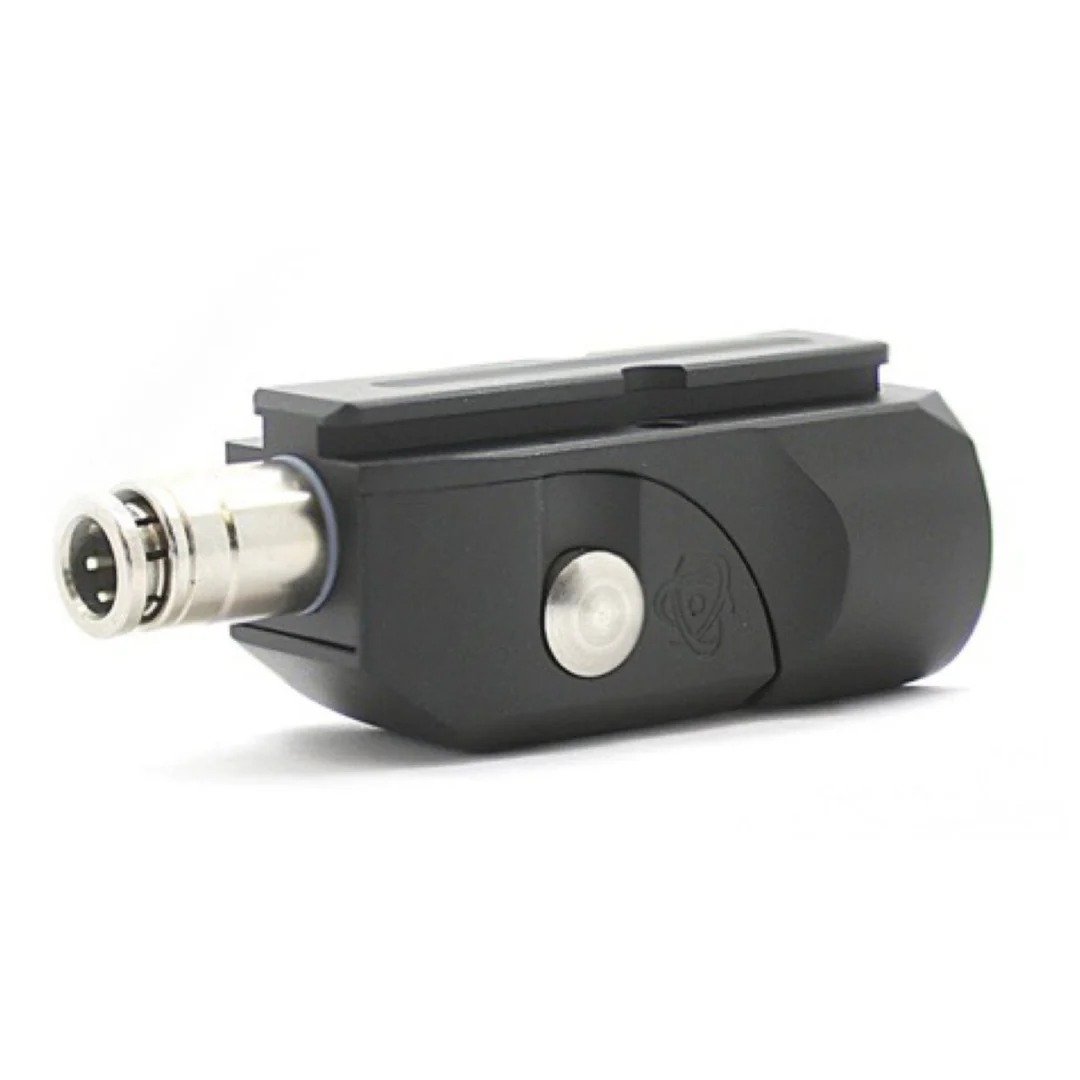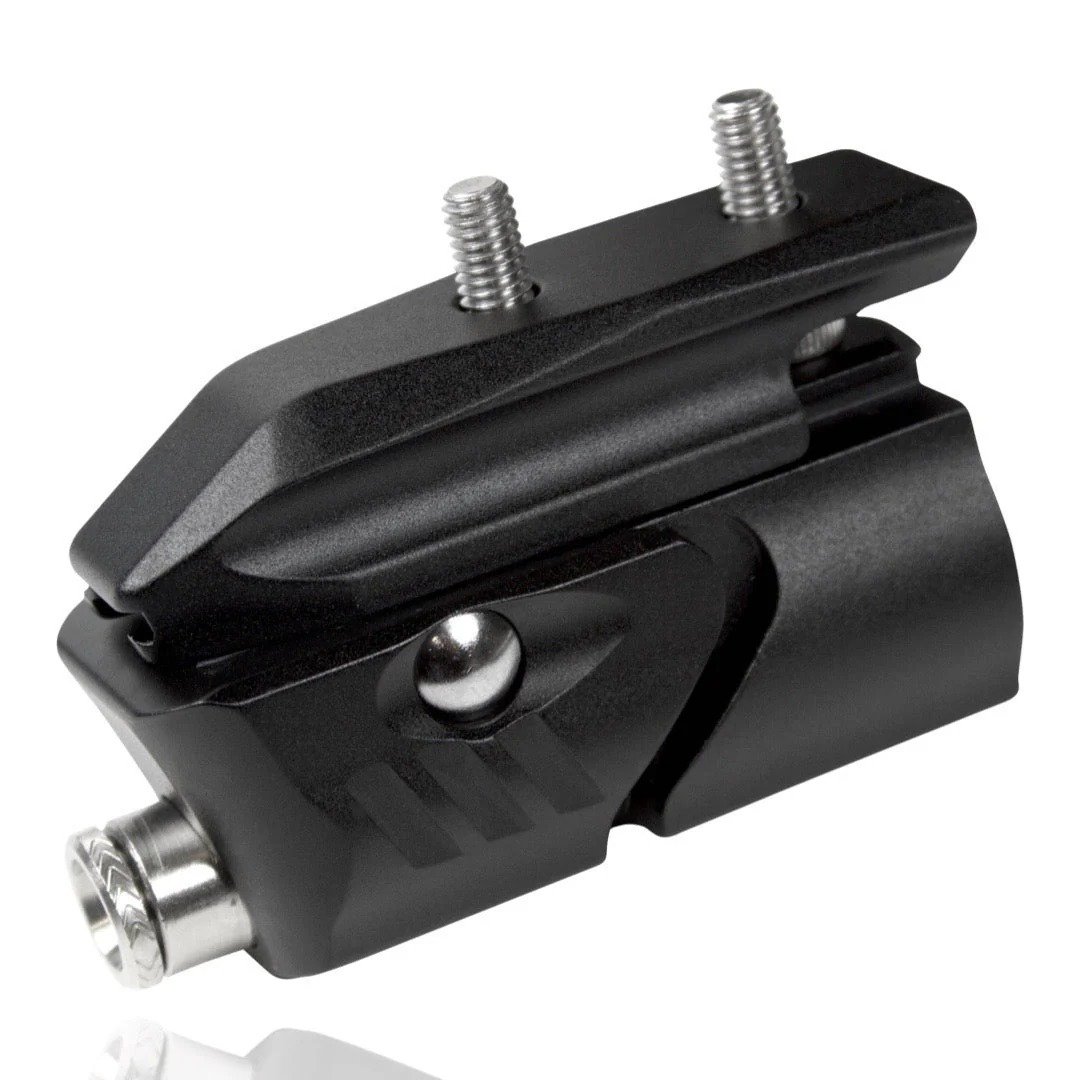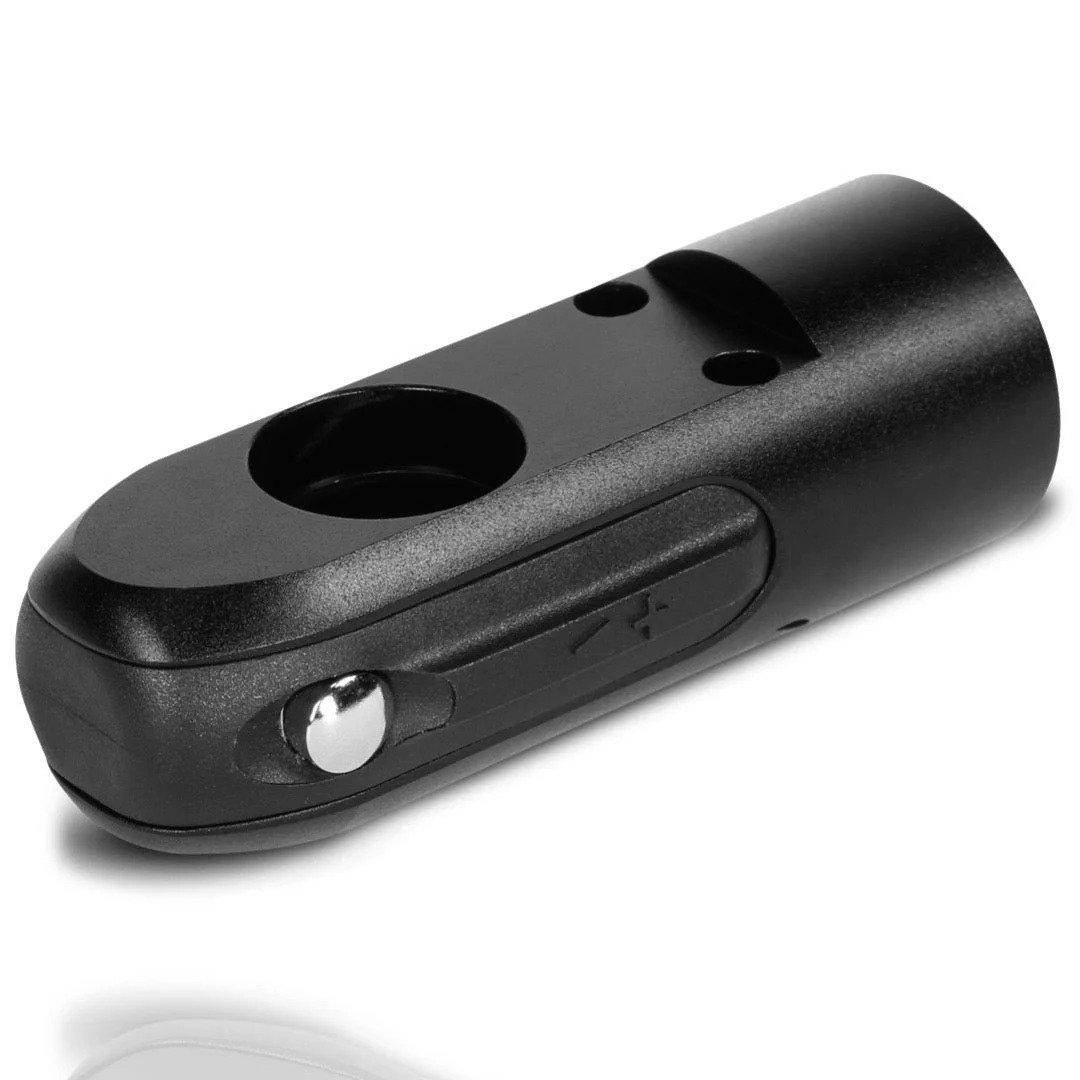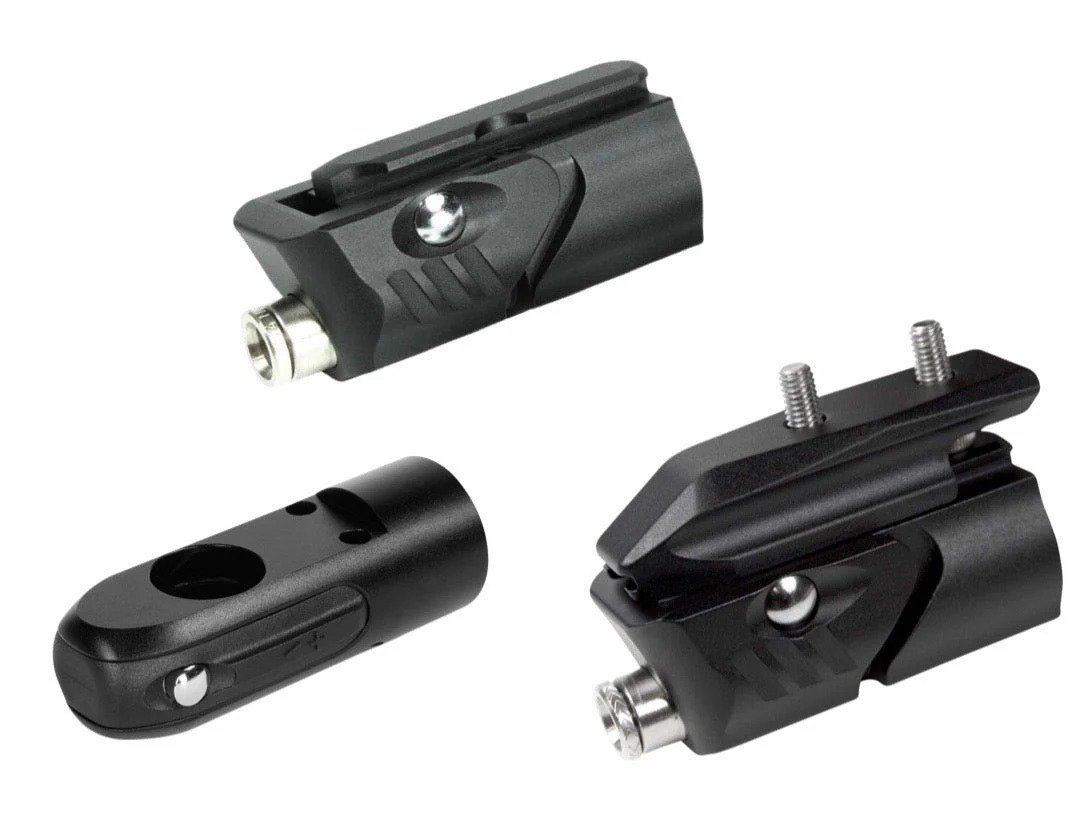Worried that unused CO2 cylinders in your warehouse might go “bad”? For many buyers, the fear of wasted stock or expired tanks is real—but avoidable.
CO2 cylinders can typically be stored for up to 5 to 10 years, depending on the material, pressure rating, and storage conditions. Regular inspection and compliance with hydro test dates are key to maintaining safety and performance.
Whether you’re importing for soda, kegerators, or paintball, understanding shelf life and maintenance protocols will help you reduce waste and maximize inventory value.
Table of Contents
Why does CO2 cylinder shelf life matter in B2B operations?
You might not be using the cylinders immediately—but your customers expect them to be ready, safe, and compliant.
Shelf life matters because unused CO2 cylinders still age internally due to metal fatigue, seal degradation, or changes in pressure stability.
The risk of ignoring shelf life
- Leaking or underfilled cylinders
- Rejected units during inspections
- Non-compliance with hydro testing timelines
- Lost sales due to expired stock
Many regions require re-testing or relabeling of cylinders after 5 years, even if unused.
What determines the actual storage lifespan of a CO2 cylinder?
Shelf life isn’t just a date printed on the label—it’s affected by material, usage, and environment.
Key factors that influence CO2 cylinder longevity include manufacturing specs, hydro test dates, and how you store them.
Main determinants of cylinder shelf life
| Factor | Description | Typical Range |
| Hydro test interval | Required re-certification test (DOT, CE, etc.) | Every 5 years |
| Cylinder material | Aluminum, steel, or composite construction | Aluminum: 10+ years |
| Internal pressure | Stored pressure level | ~800-1000 psi |
| Valve integrity | Exposure to humidity or corrosion | Check every 6–12 months |
| Storage condition | Heat, light, moisture exposure | Cool, dry = optimal |
How should CO2 cylinders be stored for long-term safety?
Even a high-quality tank can degrade if left in the wrong environment.
To extend the usable life of CO2 cylinders, store them upright, in a dry and shaded place, and avoid stacking that stresses valves or walls.
Long-term storage tips
- Keep upright with valve caps on Prevents debris entry and valve stress
- Avoid direct sunlight and humidity UV and moisture degrade seals, increase corrosion risk
- Label and rotate stock by hydro date First in, first out (FIFO) reduces waste
- Avoid stacking more than 3 layers Prevents bottom layer damage and valve misalignment
- Log batch numbers for traceability Easy to manage recalls or inspection audits
At Alizee, all CO2 cylinders come with batch IDs and visible hydro test stamps to simplify your warehouse tracking.
What should you do with cylinders that reach the hydro test expiration?
Expired ≠ useless—but you must follow local regulations.
When a CO2 cylinder reaches its hydro expiration date, it must be pressure-tested again before refilling or reuse. If the cylinder fails, it should be scrapped responsibly.
Options for expiring stock
| Action | Description |
| Re-hydro test | Extend life by another 5 years (if passed) |
| Valve inspection | Check for wear, replace if needed |
| Repaint or relabel | If rebranding, update hydro test and batch info |
| Recycle | Scrap responsibly if failed |
If you’re reselling to smaller B2C users (like homebrew or soda), clear labeling is critical to avoid liability.
Conclusion
With proper storage and rotation, CO2 cylinders can stay shelf-stable for years. Always check the hydro date—not just the surface shine.






